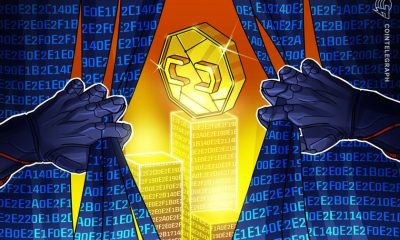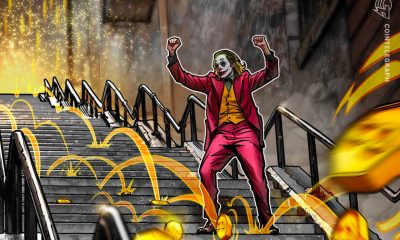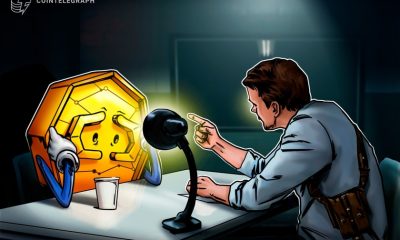Blockchain
Buyback-and-burn: What does it mean in crypto?

When considering price volatility in digital marketplaces, buyback-and-burn strategies in crypto offer long-term price stability and token value growth.
Another popular tool for boosting token prices is a buyback, in which a corporation buys back its crypto assets, reducing its supply and increasing overall value.
A stock buyback occurs when the firm that issued the stock buys back shares at market price and absorbs them, lowering the total number of shares on the market. With the instability in price dynamics and the enigma of numerous sorts of tokens circulating on the market, blockchain-based businesses have begun to employ two techniques to limit emissions and drive prices.
The two most prevalent tools are buybacks and token-burns. And, while both approaches essentially accomplish the same goal, their mechanisms and end goals in terms of pricing effect are distinct. So, what are buybacks and token burns?
The cryptocurrency ecosystem is usually related to the concept of inflation, which refers to a decrease in value. The price volatility in digital markets is typically higher than in traditional markets, particularly in the current environment. Investors have less trust in digital assets because DeFi and cryptocurrencies are still unexplored.
As a result, issuers must develop a clear, functional, rational and profitable value proposition that will work effectively within the system to attract investors and demonstrate demonstrable benefits.
Therefore, the buyback concept in crypto refers to a project or corporation using its cash resources to repurchase some of its tokens or shares from holders at market price. During the buyback process, the repurchased assets are then held in the entity’s wallets rather than being destroyed or instantly released back into circulation.
On the contrary, token-burns are when a project pulls some of its tokens from circulation permanently and sends them to a zero address, thereby erasing them from existence. To adjust demand and supply dynamics and effect price, the tokens are either repurchased from the community or simply taken from current pools.

















